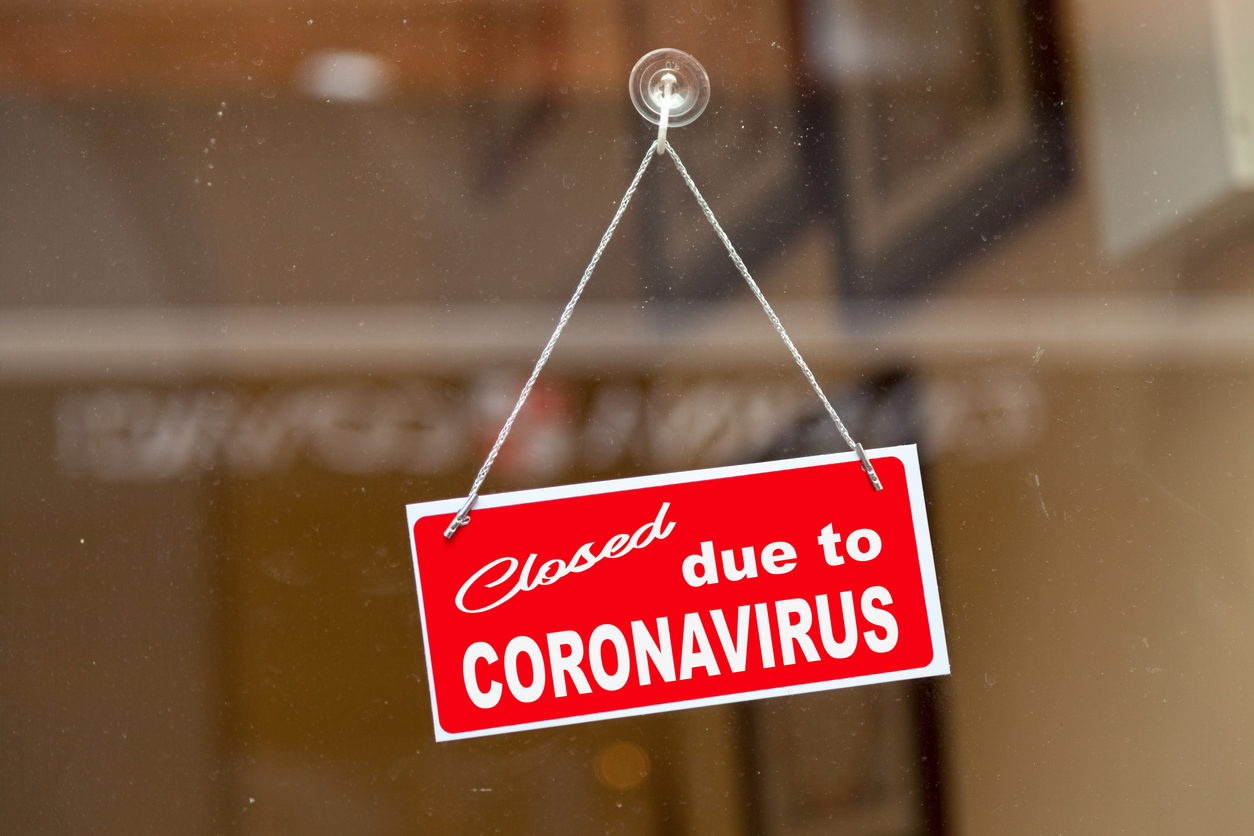I wish I didn’t have to write this blog. I say that because although we are the Policyholder’s Advocate, and I’d rather blog about policy issues, case law, and statutes—not about impartiality or fraud regarding a government agency’s handling of the Sandy Review Process. However, these topics are pertinent to the field of law and Merlin Law Group likes to keep you informed on all variables and challenges your claim may face.
Not that long ago FEMA’s head of their National Flood Insurance Program, Brad Keiserman, was touting the Sandy review process as a way to have an all-encompassing claims review process to pay back thousands of cheated policyholders. This process was a way to make amends after fraud was uncovered the first time.
Well, Brad Keiserman exited his post at FEMA to take a job at the Red Cross soon after starting the Sandy review process on May 18, 2015. Maybe he knew something we didn’t. . . .
Fast-forward one year to April 28, 2016, to a hearing in Washington, DC hosted by New Jersey Representative Tom MacArthur, a Republican serving the Third Congressional District. Rep. MacArthur had also called for the removal of FEMA Chief Craig Fugate last year before the Sandy review process was started. Renewing his call for Fugate to be removed, Rep. MacArthur shared new revelations from whistle-blowers that the agency’s process to re-examine insurance claims from Sandy was a sham. He was provided three affidavits outlining accusations of impropriety from several whistle-blowers who had worked on the review process set up by FEMA. Rep. MacArthur spoke about the fraud he has seen presented to him:
‘I have seen doctored engineering reports with my own eyes,’ and goes on to say, ‘I have seen doctored adjusters’ reports with my own eyes, where an adjuster wrote something was caused by flood and somebody else inserted the word ‘not’ caused by flood.
One of the whistle-blowers, Jeff Coolidge, an experienced insurance claims adjuster, said he reviewed approximately 1,000 flood claims, while working as a contractor for FEMA last fall—almost all of which he said he was required to deny or underpay.
I left the Sandy review process because it’s a sham,” Mr. Coolidge said. “I was literally losing sleep because I didn’t want to be a part of that fraud anymore.
One of the other whistle-blowers recounted his instructions before beginning the review process:
I also received instructions not to conduct a comprehensive evaluation of claims assigned to me in order to identify each time of property damage subject to insurance coverage, but rather was told to use software developed for the SCR by McKinsey & Company that produced a range of expected values for each claim based on the property’s square footage and approximate quality of construction.
If the name McKinsey & Company sounds familiar it’s because it was the company that created the delay, deny and defend way of life which lead to huge profits across the board for insurance companies.
I’ve written in the past about my frustrations with the Sandy review process. Recently I had asked a claim’s handler in the review process for an update on the review of some claims that have been in the “review process” 8-9 months. His response was three words “review in progress”. When I questioned him what has been done since he received the file his response was, “there are two statuses, ‘review in progress’ or ‘results of the review’. He couldn’t provide me a date for the ‘results of the review’ but can call me once he makes his decision. I understand this is an unprecedented process but the least you can do, Mr. Fugate, is provide some clarity as to how these cases are being reviewed and decided. If you will not give us accountability, at least give us clarity.
I’ll finish this unhappy blog with a quote from a former baseball player who was cheated of the Hall of Fame, Dale Murphy.
One of the more challenging things in life is not being the guy who does the cheating, but not saying anything about it and going along with it.



